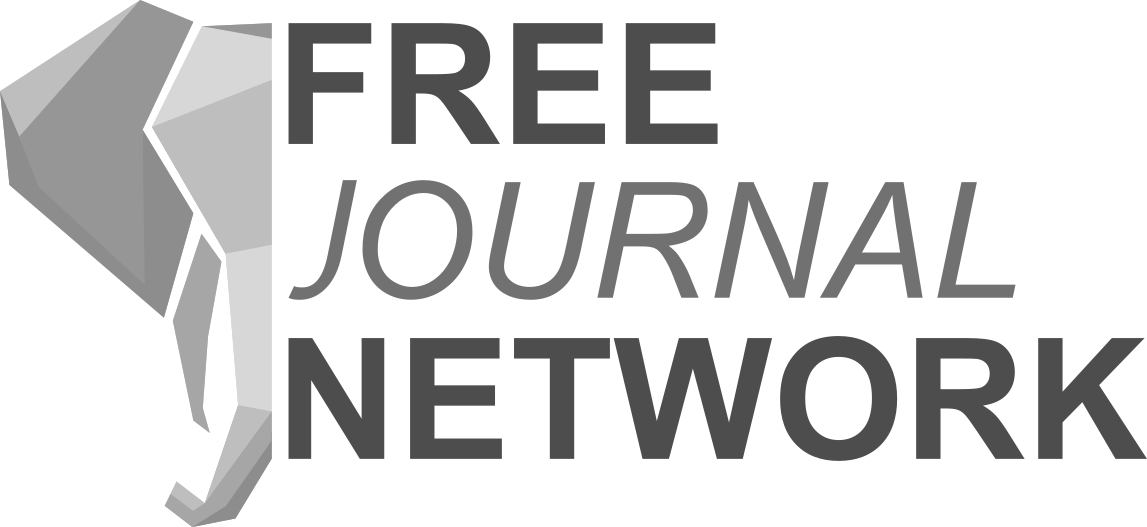Artifact Evaluation
JSys submissions of Solution or Tools/Benchmark papers must be accompanied by an Artifact. The JSys Artifact Evaluation Board evaluates artifacts on two main aspects:
- Usability
For an artifact to be considered “usable,” it should satisfy the expectations set by the paper in terms of functionality (does it basically work?) and relevance (does the artifact match the paper?). Beyond that minimum level of functionality, consider the documentation, completeness, and exercisability of the artifact. Is the artifact easy to navigate, install, configure, and execute? - Reproducibility
The evaluator is asked to use the submitted artifacts to obtain the main results presented in the paper: i.e., repeat some or all of the presented experiments in order to obtain the same experimental outcomes. The goal is not to reproduce the results exactly, but instead to generate results independently within an allowed tolerance such that the main claims of the paper are validated.
For both criteria, the standard for evaluation is largely based on the expectations set by the paper. This is key. The evaluator is expected to read the paper and determine the expectations that it sets up in the reader’s mind. What does the paper claim and imply about its artifact and/or the experiments performed with it? This should be the basis of the evaluation and written review. For example, an evaluator might write something like this in their review: “Based on Section X of the paper, I expect that the artifact has feature Y and can solve problem Z in about N minutes.” (The paper probably sets up multiple expectations, of course.) The evaluator should then explain how the artifact did or did not satisfy the expectation(s) during evaluation, i.e., what they did, what worked and what did not, leading up to the evaluator’s overall decisions.
Note that the standard for reproducibility is not “reproduce all of the paper’s experiments and results exactly.” For most papers, reproducing all of the experiments and obtaining exactly the same results is infeasible, for many different reasons. Instead, the standard is to “generate results independently within an allowed tolerance such that the main claims of the paper are validated.” This brings us back to the expectations that the paper sets up in the reader’s mind. What are the “main claims”? What is a reasonable tolerance, based on the paper and the experiments that the evaluator tried? The evaluator should explain these things in their review.
In short, the Artifact Evaluation Board tries to ascertain: Can an independent third-party reproduce the main results of the paper without the help of the authors?
| Important | ||
|---|---|---|
| JSys will not evaluate artifacts accompanying SoK and Problem papers (even if we encourage authors to prepare and release such artifacts). | ||
| This is because (i) the reviewing capacity of the Artifact Evaluation is limited, and (ii) acceptance criteria for Problem or SoK artifacts are trickier to define. |
There are several sources of good advice about preparing artifacts for evaluation. These two are particularly noteworthy:
- “HOWTO for AEC Submitters,” by Dan Barowy, Charlie Curtsinger, Emma Tosch, John Vilk, and Emery Berger.
- “Artifact Evaluation: Tips for Authors,” by Rohan Padhye.
Artifact Evaluation is single-blind and private (neither artifacts nor the reviews are made public); this is to allow authors to share access to their hardware or testing facility, if required.
The Artifact Evaluation proceeds in parallel of the paper evaluation; to be accepted, Solution and Tools/Benchmark papers must be accepted by both boards. Submissions which fail Artifact Evaluation can resubmit to a subsequent deadline, much like the review process for papers.

